The text discusses effective wildlife pest control in residential areas, focusing on common pests like squirrels, raccoons, opossums, birds, and termites. It emphasizes understanding animal behaviors, implementing preventive measures (sealing entry points, securing trash cans), conducting regular inspections, and using humane, eco-friendly solutions (natural repellents, ultrasonic devices) to maintain a safe living environment. Habitat modification, professional removal services, and legal compliance are also highlighted as crucial aspects for successful and sustainable wildlife pest control that respects both human and animal well-being.
In many residential areas, wildlife pest issues are a common concern. From squirrels in the attic to raccoons under the porch, these unwelcome visitors can cause damage and disrupt peace of mind. Understanding how to identify and address these issues humanely is essential for effective wildlife pest control. This article explores a comprehensive range of strategies, from non-toxic deterrents and habitat modification to professional removal services. Learn how to protect your home, community, and environment while managing wildlife encounters safely and responsibly.
Understanding Wildlife Pest Issues in Residential Areas
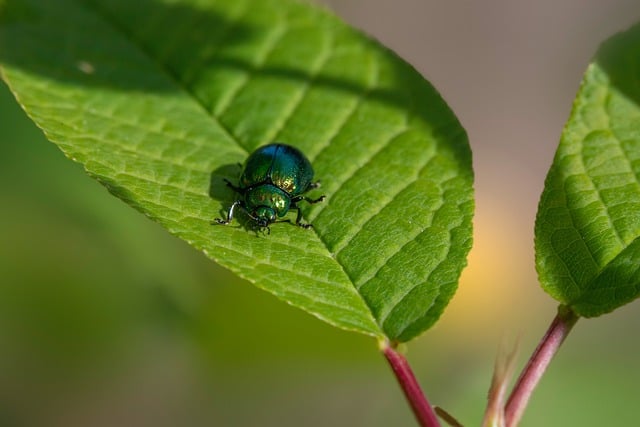
In residential areas, wildlife pest issues can arise from a variety of sources, with animals seeking shelter and food in close proximity to human dwellings. Common pests include squirrels, raccoons, opossums, and birds, each presenting unique challenges. These animals can cause significant damage to homes by gnawing on wiring, insulation, and structures, as well as leaving droppings that pose health risks. They may also introduce parasites and diseases, making effective wildlife pest control crucial for maintaining a safe and healthy living environment.
Understanding the behavior and habits of these pests is the first step in addressing the issue. Residential properties often provide ideal habitats with abundant food sources and shelter options. Implementing preventive measures such as sealing entry points, securing trash cans, and removing potential attractants can deter wildlife from seeking refuge in homes. Regular inspections and prompt response to any signs of infestation are essential for effective wildlife pest control, ensuring both the comfort and safety of residents.
Identifying Common Pests and Their Behaviors
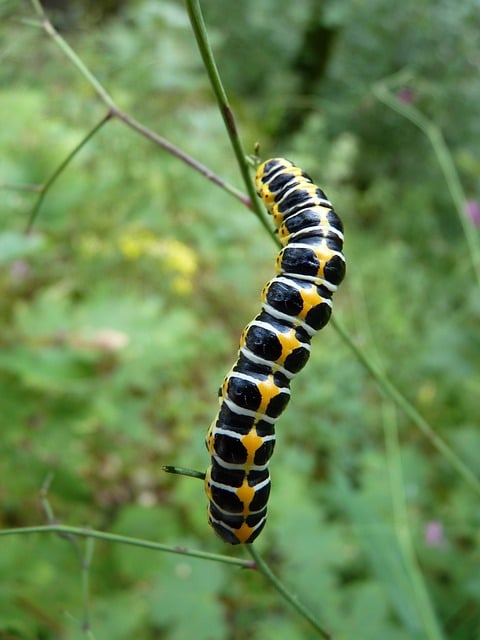
When it comes to residential wildlife pest control, identifying common pests and their behaviors is a crucial first step. Many pests, such as squirrels, raccoons, and opossums, are not inherently malicious but can cause damage to homes by gnawing on wiring or structures while seeking shelter. Understanding their habits allows property owners to implement tailored prevention strategies, ensuring the safety of their homes.
For instance, termites are attracted to wood and damp environments, often entering homes through small cracks. They work relentlessly to chew through wood, which can lead to significant structural damage over time. Conversely, ants are driven by scent trails, easily invading kitchens and bathrooms due to food residue and moisture. Effective wildlife pest control requires recognizing these behaviors and addressing them proactively with the help of professionals who specialize in humane and eco-friendly solutions.
Non-Toxic, Humane Methods for Deterring Wildlife
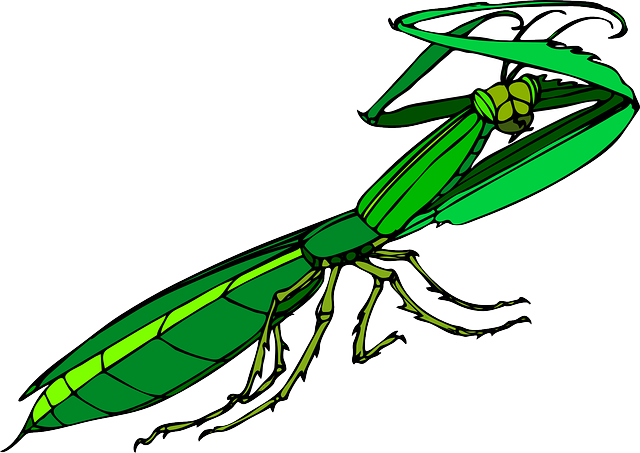
When it comes to wildlife pest control, many homeowners seek humane and non-toxic methods to discourage unwanted visitors from their properties. This approach prioritizes the well-being of both the animals and the residents while effectively managing pest issues. There are several strategies that fall under this category, offering environmentally friendly solutions to common wildlife problems.
One popular method is using natural repellents, such as certain scents and plants known to deter specific animals. For example, many pests like squirrels and raccoons can be discouraged by planting aromatic herbs like lavender, mint, or basil around the property. Additionally, non-toxic noise makers, like wind chimes or motion-activated devices that emit ultrasonic sounds, can effectively drive away wildlife without causing harm. These methods not only respect the local ecosystem but also ensure a safe and peaceful living environment for homeowners.
The Role of Habitat Modification in Pest Control
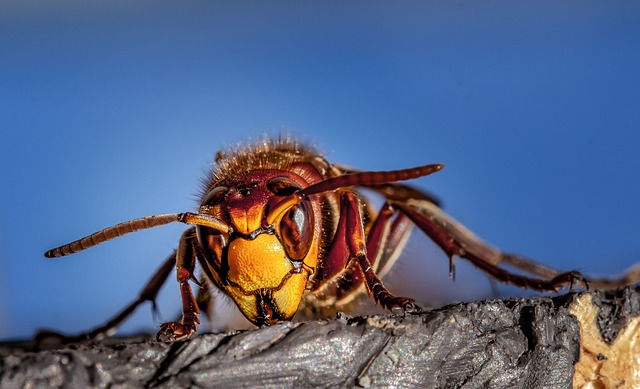
In wildlife pest control, habitat modification is a strategic approach that plays a pivotal role in managing and preventing unwanted animal intrusions into residential areas. This method involves carefully tailoring one’s surroundings to deter pests while promoting a harmonious coexistence with nature. By understanding the needs of both resident humans and wildlife, effective solutions can be implemented. For instance, ensuring proper trash management and sealing entry points can reduce attractants for rodents or insects, making your home less inviting.
Creating physical barriers, such as fencing or mesh, is another aspect of habitat modification. These structures not only keep pests out but also help in maintaining the natural balance by containing wildlife within their designated habitats. Additionally, landscaping practices like removing dense vegetation near homes can limit pest access while providing a safer, more controlled environment for both residents and animals alike. This holistic approach to wildlife pest control ensures that measures taken are humane and environmentally conscious, fostering a balanced relationship between humans and nature in residential settings.
Professional Wildlife Removal Services: When and Why to Hire
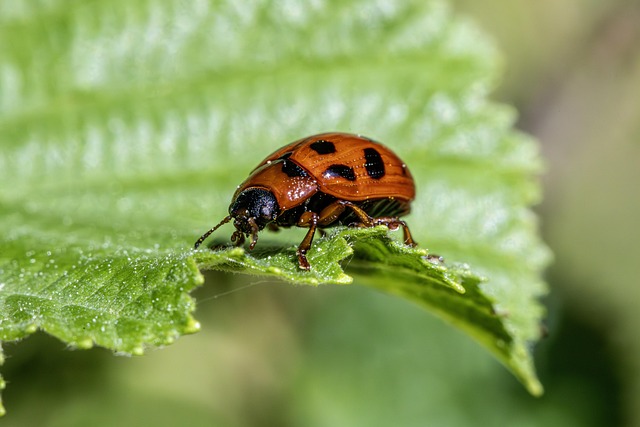
When dealing with wildlife pests in your residence, it’s crucial to understand when and why professional removal services are essential. While some animals may seem harmless or even beneficial for the environment, they can cause significant damage to your home if left unchecked. Professional Wildlife Removal Services are recommended when the presence of animals becomes a nuisance or poses health risks. These experts have the knowledge and tools to handle various species effectively and humanely.
Hiring professionals is especially important for challenging situations, such as complex animal habitats within structures, disease-carrying pests, or aggressive behavior. They employ safe and environmentally conscious methods, ensuring minimal disruption to your living space and local ecosystems. With their expertise, you can rest assured that the wildlife will be removed safely, and measures will be taken to prevent future infestations, providing long-term solutions for effective Wildlife Pest Control.
Legal and Ethical Considerations for DIY Wildlife Control

When taking on DIY wildlife pest control, it’s crucial to understand the legal and ethical considerations that come with it. Each region has specific laws and regulations in place to protect both humans and animals, so it’s essential to familiarize yourself with local guidelines before attempting any form of wildlife control. Using methods that are inhumane or illegal can result in fines and negative consequences for the environment.
Ethical treatment of wildlife is paramount. This includes not only adhering to legal boundaries but also respecting the creatures’ natural habits and habitats. DIY control should focus on safe, non-lethal methods where possible, ensuring the well-being of both animals and residents. Always consider alternatives like deterrents, exclusion techniques, or seeking professional advice for complex situations to maintain a balanced ecosystem.
Preventive Measures: Securing Your Home Against Pests

Implementing preventive measures is a proactive approach to wildlife pest control, ensuring your home remains secure and pest-free. Start by conducting a thorough inspection of your property, identifying potential entry points that pests might use to gain access. Common areas include gaps around doors and windows, cracks in the foundation, and openings in screens or vents. Sealing these openings with appropriate materials such as caulk, weatherstripping, or metal sheeting creates an effective barrier against intruders.
Regular maintenance is key; keep your property clean and clutter-free to minimize hiding spots for pests. Ensure proper garbage disposal, remove standing water sources, and trim back foliage to reduce moisture levels and shade, which attract many pests. Additionally, installing pest-repellent devices or natural deterrents like plant essential oils can provide an extra layer of protection without resorting to chemical treatments.
Case Studies: Successful Residential Wildlife Management

Successful Residential Wildlife Management often serves as a testament to the integration of proactive measures and tailored solutions. Case studies in suburban areas have shown remarkable results through combining regular inspections with strategic exclusion methods. For instance, one study highlighted a family’s journey where consistent checks identified potential entry points for squirrels, leading to the installation of custom-fit screens. This proactive approach not only prevented further invasions but also ensured the safety and comfort of the residents.
Another successful story involves a community facing persistent bird issues around their rooftop areas. By employing humane scaring tactics, such as visual deterrents and strategic noise makers, combined with habitat modification, they achieved a significant reduction in bird activity. This comprehensive strategy not only effectively controlled wildlife pests but also preserved the aesthetic appeal of the neighborhood, showcasing that effective Wildlife Pest Control can be both efficient and environmentally sensitive.
Community and Environmental Impact of Wildlife Pest Control
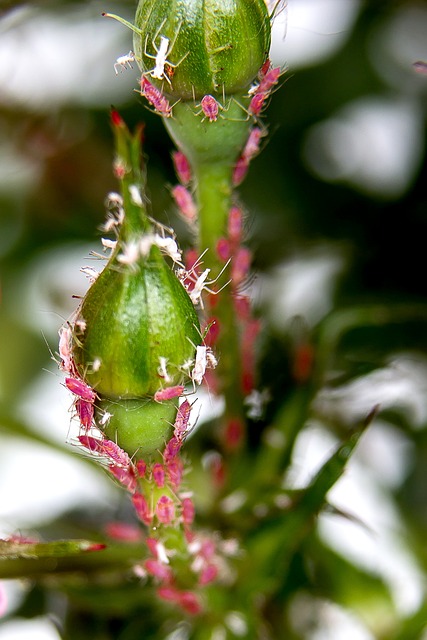
In implementing wildlife pest control measures, it’s crucial to consider the broader community and environmental impact. Traditional methods often involve toxic chemicals that can harm non-target species, disrupt local ecosystems, and contaminate soil and water sources. This not only poses risks to other animals but also to human health and the overall ecological balance.
Community-based approaches, on the other hand, promote humane and eco-friendly tactics like habitat modification, deterrents, and exclusion methods. These strategies aim to coexist with wildlife rather than eliminate them, fostering a healthier relationship between humans and nature. By prioritizing these alternative methods, we can mitigate the negative effects of pest control, ensuring a safer and more sustainable environment for both wildlife and communities.
